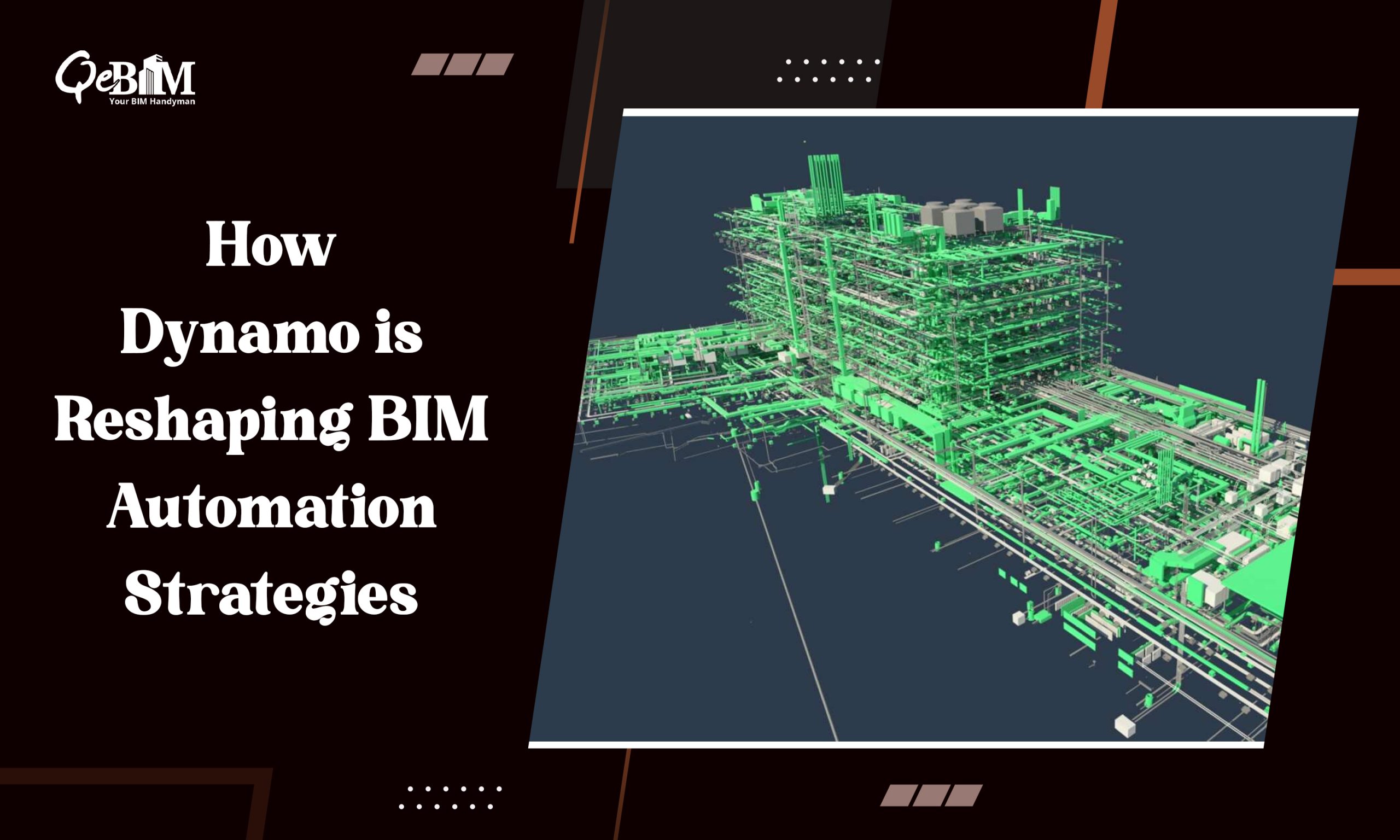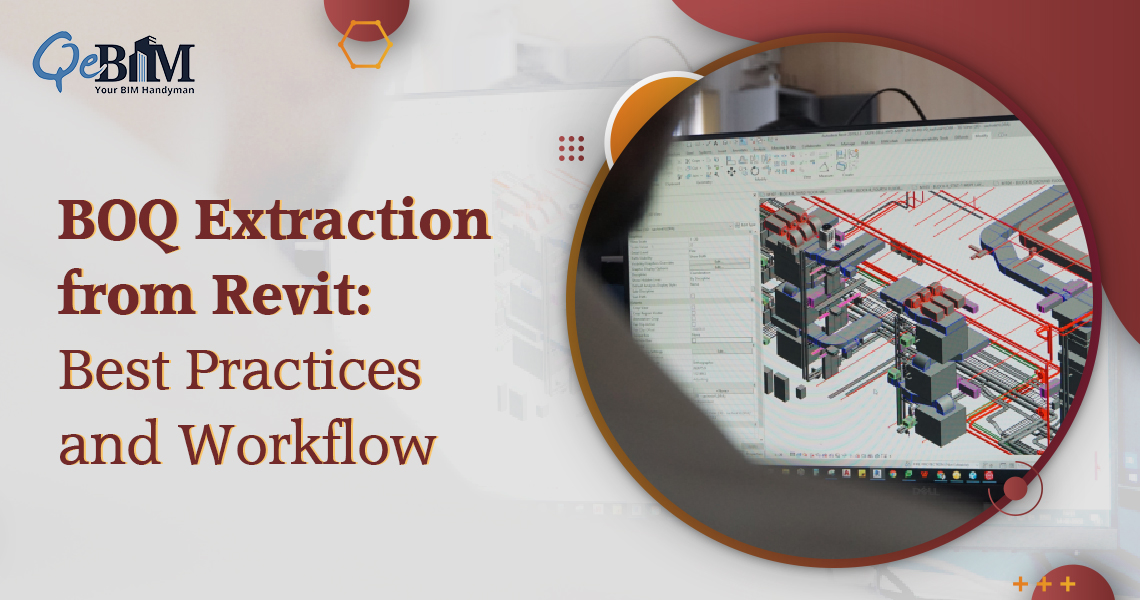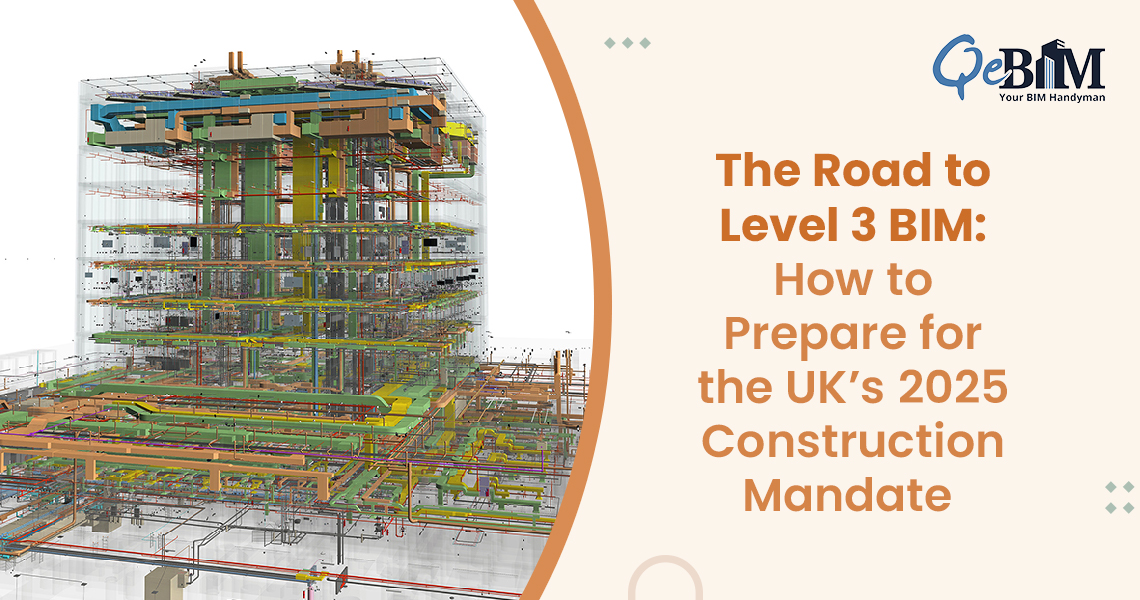Introduction:
3D BIM Modelling Services has become a cornerstone in the architecture, engineering, and construction industry, changing the way in which projects are conceptualized, designed, and implemented. BIM offers a digital portrayal of a building’s physical and functional attributes, facilitating seamless collaboration among stakeholders across the entire project lifecycle. A formidable tool that has surfaced to augment BIM workflows is Dynamo.
Dynamo is an open-source visual programming platform that operates within Autodesk’s Revit software, a widely used BIM authoring tool.
In this blog post, we will explore how Dynamo is revolutionizing BIM automation, streamlining processes, and empowering professionals to create more efficient and innovative designs.
The Basics of Dynamo:
Dynamo allows users to create custom scripts using a node-based interface, eliminating the need for traditional coding languages. The visual programming environment makes it accessible to both programmers and non-programmers, fostering collaboration among multidisciplinary teams. With Dynamo, designers and engineers can automate repetitive tasks, manipulate complex geometries, and enhance data-driven decision-making.
Improved Design Exploration:
Dynamo facilitates parametric design exploration, enabling architects and designers to quickly iterate through various design options. By creating visual scripts that define relationships between design parameters, users can generate multiple iterations of a concept with minimal effort. This iterative process encourages creativity and allows teams to evaluate different design alternatives efficiently.
Enhanced Data Management:
Effective data management is crucial in BIM projects, and Dynamo excels in handling large datasets. Users can create custom scripts to extract, manipulate, and visualize data within the 3D BIM model. This capability is particularly valuable for quantifying materials, estimating costs, and scheduling projects. Dynamo’s data-driven approach ensures accuracy and consistency, minimizing mistakes and enhancing overall project effectiveness.
Automation of Repetitive Tasks:
One of Dynamo’s most significant advantages is its ability to automate repetitive and time-consuming tasks. Designers can create scripts to perform routine actions, such as placing elements, adjusting parameters, or generating reports. This automation not only saves time but also minimizes the risk of errors associated with manual processes. Consequently, experts can dedicate their attention to more creative and value-driven facets of their tasks.
Seamless Collaboration:
Dynamo promotes collaboration by allowing different disciplines within a project team to work within a unified environment. Designers, architects, engineers, and other stakeholders can contribute to the development of scripts, fostering interdisciplinary collaboration. This shared platform encourages communication and understanding among team members, leading to more integrated and holistic design solutions.
Integration with External Data Sources:
Dynamo’s versatility extends beyond the BIM environment, as it can integrate well with external data sources and applications. This capability enables users to incorporate real-time data, such as weather conditions, energy consumption, or site information, into their design and analysis processes. By leveraging external data, professionals can make more informed decisions and create designs that respond dynamically to changing conditions.
Applications of Dynamo in BIM Automation:
- Parametric Façade Design: Dynamo is being utilized in the design of intricate façade systems, allowing architects to explore parametric patterns and optimize solar performance.
- Structural Optimization: Engineers use Dynamo to automate structural analysis and optimization processes, ensuring that designs meet performance criteria while minimizing material usage.
- Generative Design: Dynamo is being instrumental in generative design workflows, enabling the creation of innovative and optimized design solutions based on specified criteria.
- Energy Analysis: Dynamo can be employed to automate energy analysis simulations, helping architects and engineers optimize building performance and meet sustainability goals.
Challenges and Future Developments:
While Dynamo has significantly enhanced BIM workflows, challenges such as a learning curve and the need for continuous updates to match software versions persist. However, the active community around Dynamo, along with ongoing advancements in technology, is addressing these challenges. Future developments are likely to focus on improving user accessibility, expanding integration capabilities, and further enhancing the tool’s performance.
Conclusion:
Dynamo has emerged as a game-changer in the MEP BIM Modelling Services, streamlining automation processes and empowering AEC professionals to push the boundaries of design and construction. Its visual programming environment, coupled with seamless integration with Revit, has made it an invaluable tool for architects, engineers, and designers alike. As the AEC industry continues to evolve, Dynamo is poised to play a pivotal role in shaping the future of BIM automation and collaborative design. Embracing this technology can unlock new possibilities, fostering innovation and efficiency in the dynamic world of construction and design.





